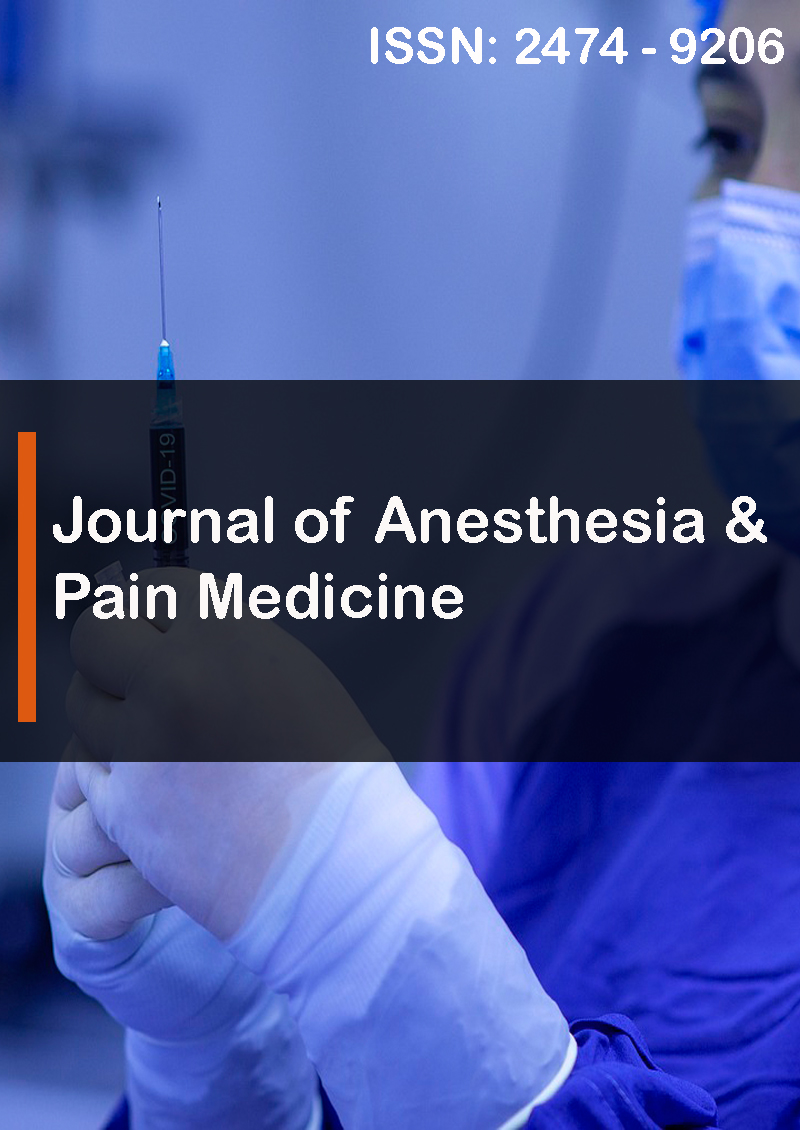Effectiveness Dose of Ketamine for Control of Shivering During Spinal Anesthesia in Surgeries
Abstract
Asghar Karbord, Hamid Kayalha, Mohammad Qasem Roushanfekr and Habibolah Mehdipoor
Introduction: Considering that spinal anesthesia is a safe method of anesthesia for surgery, but about 40 to 60 percent of patients are experiencing tremor. For patients undergoing new methods of spinal anesthesia, shivering is very undesirable and from the physiological aspect is very stressful, mild tremor increases the oxygen consumption like a light physical activity and judder increases the metabolic rate and oxygen consumption up to 600%. This case causes a reduction in the amount of arterial oxygen, metabolic acidosis. Ketamine is a safe drug, in recent study determines of Effectiveness dose of ketamine for control of shivering during spinal anesthesia in surgeries.
Methods and materials: This is a randomized double-blind study, that the statistical population was patients that were candidates for general surgery, that were referred to hospitals of University of Medical Sciences for treatment . The patient’s undergone surgery with spinal anesthesia with number 1, 2 and 3 anesthetic Class based on anesthesiologist detection. From 355 patients that were randomly selected, 175 people were selected for experimenting group with ketamine injection with drug pump of 0.2 mg/kg and 180 people were selected for the placebo control group (distilled water) of the Pasteur pharmaceutical company with a drug pump of 0.2 mg/ kg.
Discussion: Ketamine infusion at in spinal anesthesia can reduce the amount of shivering during the surgery and can be an effective choice in the field of surgery.
Conclusion: The shivering in the experimenting group was lower than the control group and was statistically significant. Tremor intensity in the experimental group was lower than the control group in all three measures (1, 2 and 3), which was also significant for comparing the linear regression, relative risk(RR) was 18in two groups according to the normal distribution of the data, in the age group between 30 to 45 years the minimum range of tremor was observed and in the age group that were younger than 30 years range of tremor was observed. Most people were in the age group of 40-30 years (60%) with orthopedic surgery



